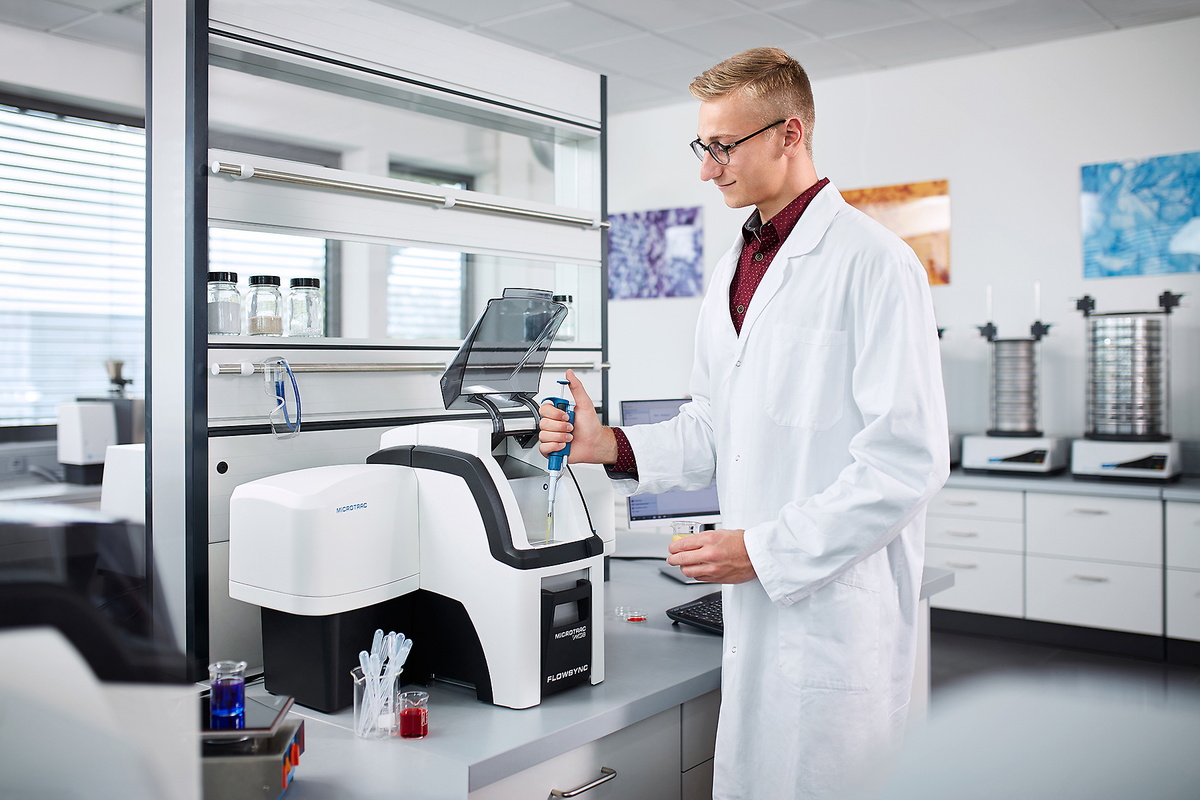How Particle Size Impacts the Performance of Lithium-Ion Batteries
July 2, 2025
Why high-tech measurement tools are essential in powering your phone, car, and future
In a world increasingly dependent on portable power—think smartphones, electric vehicles, and renewable energy storage—lithium-ion batteries have taken center stage. But behind their sleek casing lies a world of precision science that can determine how long your battery lasts and how safe it is. One often-overlooked factor? Particle size.
Why Particle Size Matters
Each lithium-ion battery is made up of several key components: the anode, cathode, separator, and electrolyte. These components are mostly powders before being processed into battery cells. The size of these particles directly influences how the battery charges, stores, and releases energy.
- Smaller particles can enhance charge and discharge rates (a benefit for fast-charging needs).
- But too small? It leads to greater surface area, which can trigger unwanted chemical reactions that permanently reduce battery capacity.
- Larger or uneven particles? They can slow performance or cause instability.
So, getting the right balance of particle size is a critical factor in battery optimization and safety.

The Measurement Challenge
How do you measure powder particles that are often just micrometers or even nanometers in size? That’s where advanced tools like the Microtrac MRB SYNC analyzer come into play.
In one recent study, the Microtrac MRB SYNC analyzer was used to test various battery components:
- Silicon anode materials (average size: 6.6 µm)
- Cathode materials (5.9 µm)
- Solid-state electrolytes (7.4 µm)
- Separator powders (as small as 0.7 µm)
The results showed high consistency across multiple sample preparation methods—wet, dry, and using different solvents—proving the reliability and reproducibility of the Microtrac MRB SYNC analyzer.
Seeing Beyond Size: Shape Analysis
Shape matters too. Round, uniform particles are ideal for consistent performance. Using DIA, the Microtrac MRB SYNC also evaluates sphericity—how close particles are to being perfectly round. This adds another layer of insight for engineers and scientists designing better batteries.
⚡ Bottom Line
Getting battery materials "just right" at the microscopic level makes a massive difference in how your battery performs in the real world. Thanks to tools like the SYNC analyzer, manufacturers can fine-tune every grain of powder to boost efficiency, safety, and longevity in lithium-ion technology.
Next time you plug in your phone or drive an EV, remember: even the tiniest particles play a big role in powering your life.
For more case study data, read the full application report available at the following link:
Download Application Note – Measurement of Battery Materials with Laser Diffraction

Call Today 1-800-661-6700